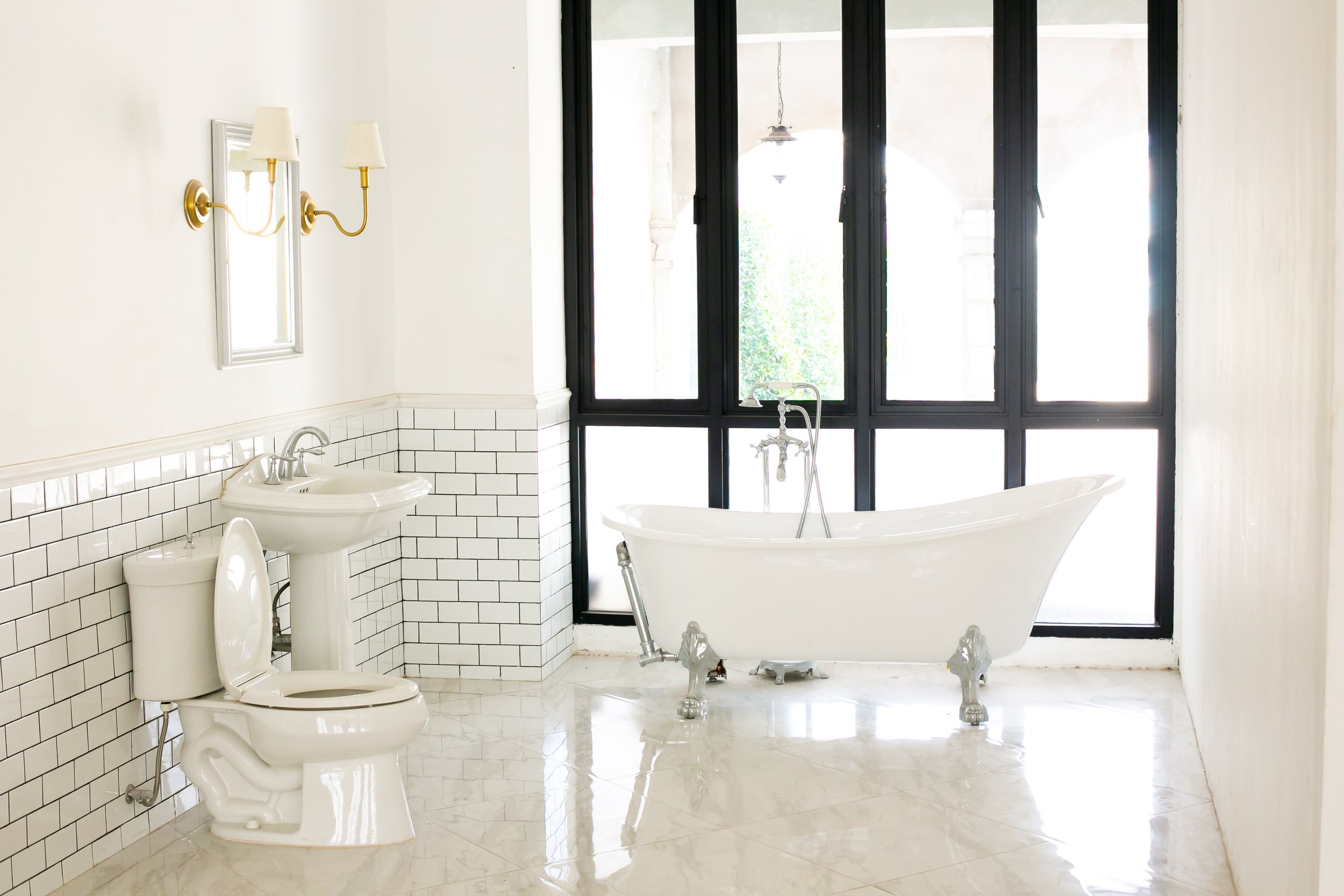Is It Worth It to Repipe a House?
Ah, the age-old question: Is it worth it to repipe a house? As a homeowner, you may grapple with this decision, unsure of the benefits and costs involved. Fear not, for we are here to guide you through the labyrinth of plumbing upgrades and help you unleash the untapped potential of your plumbing system. This article will explore the transformative power of repiping, allowing you to make an informed decision that aligns with your home's needs and your vision for a reliable and efficient plumbing system.
The Plumbing Predicament
Plumbing issues can be a frustrating and costly burden for homeowners. From leaks and low water pressure to discolored water and aging pipes, these problems can disrupt your daily life and compromise the integrity of your home. If you face these challenges, repiping might be the solution you've been searching for.
The Benefits of Repiping
1. Enhanced Water Quality
One of the most significant advantages of repiping is improving water quality. With new pipes in place, you can bid farewell to rust-colored water and sediment-filled surprises. Enjoy clean and fresh water flowing through your taps, ensuring the health and well-being of your family.
2. Optimal Water Pressure
Aging pipes often suffer from internal corrosion, leading to decreased water pressure. Repiping allows you to restore optimal water pressure, enhancing the functionality of your plumbing system and providing a more enjoyable experience for daily tasks.
3. Say Goodbye to Leaks:
Leaky pipes can wreak havoc on your home, causing water damage, mold growth, and costly repairs. Repiping eliminates the risk of leaks, ensuring a safer and more secure environment for you and your loved ones.
4. Long-Term Cost Savings
While repiping may require an initial investment, it can save you from costly repairs and frequent maintenance in the long run. By addressing plumbing issues proactively, you avoid the expenses associated with water damage and the constant need for repairs.
5. Increased Property Value:
Investing in repiping can enhance the value of your home. Potential buyers are often attracted to properties with updated and efficient plumbing systems, recognizing a well-maintained home's long-term benefits and peace of mind.
The Repiping Process
Repiping is not a simple task, and it's essential to approach it with careful planning and professional expertise. Here are a few steps involved in the repiping process:
1. Evaluation
A licensed plumber will assess the condition of your existing plumbing system, identifying areas that require repiping and determining the best course of action.
2. Material Selection
Various materials are available for repiping, including copper, PEX (cross-linked polyethylene), and PVC (polyvinyl chloride). Each material has pros and cons, and your plumber can guide you in selecting the best option for your needs and budget.
3. Professional Installation
Repiping is a complex process that requires the skills and expertise of a licensed plumber. They will ensure that the new pipes are installed correctly, minimizing the risk of future issues and maximizing the lifespan of your plumbing system.
In the end, the decision to repipe a house is a personal one that depends on your specific circumstances and goals as a homeowner. While repiping does require an investment of time and money, the benefits far outweigh the costs. With improved water quality, optimal water pressure, and the elimination of leaks, repiping can transform your plumbing system and enhance your overall living experience. So, take the plunge, consult with a licensed plumber, and unlock the hidden potential of your home's plumbing system through repiping. Your home deserves it, and you deserve the peace of mind that comes with a reliable and efficient plumbing system.

